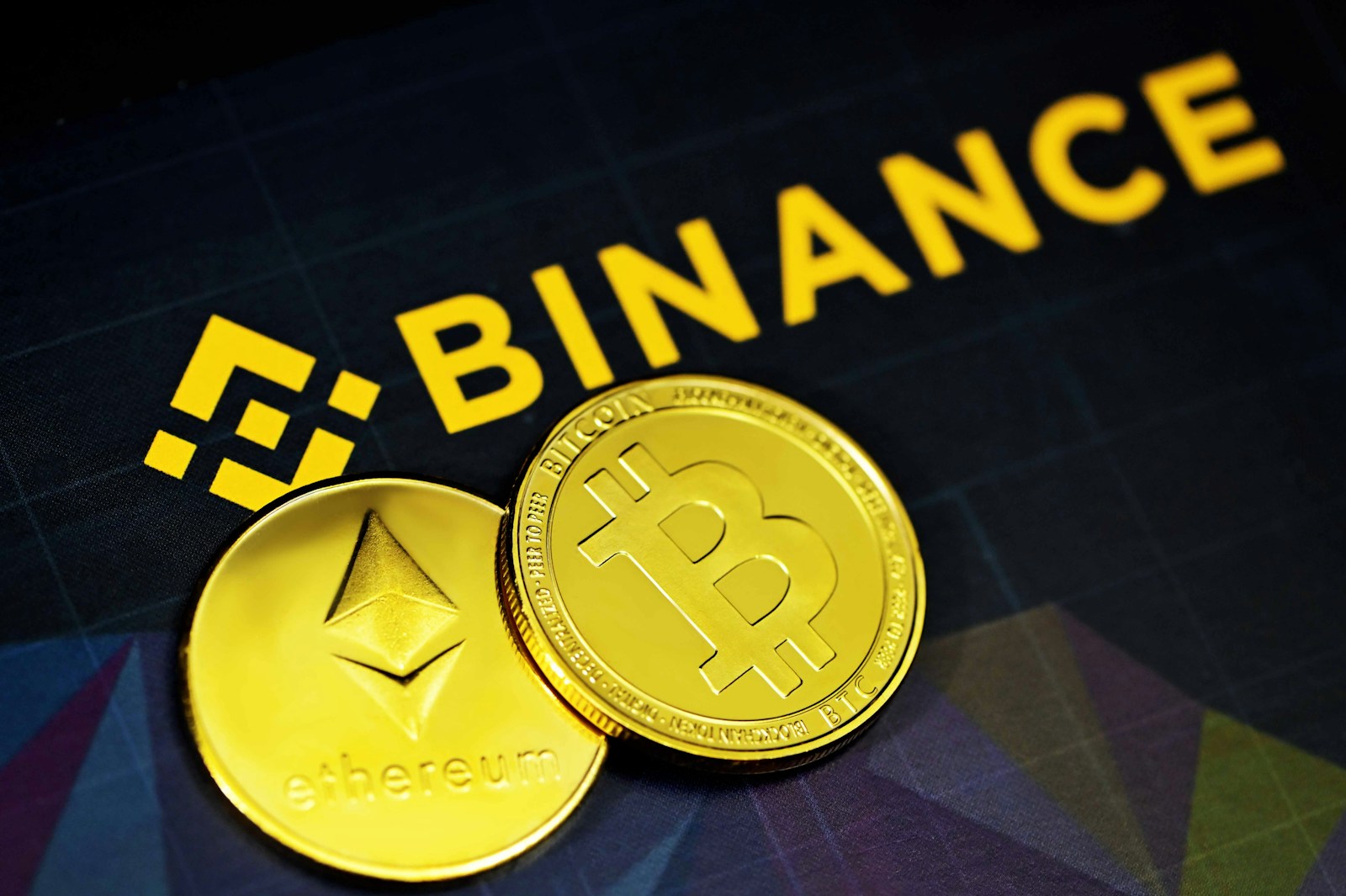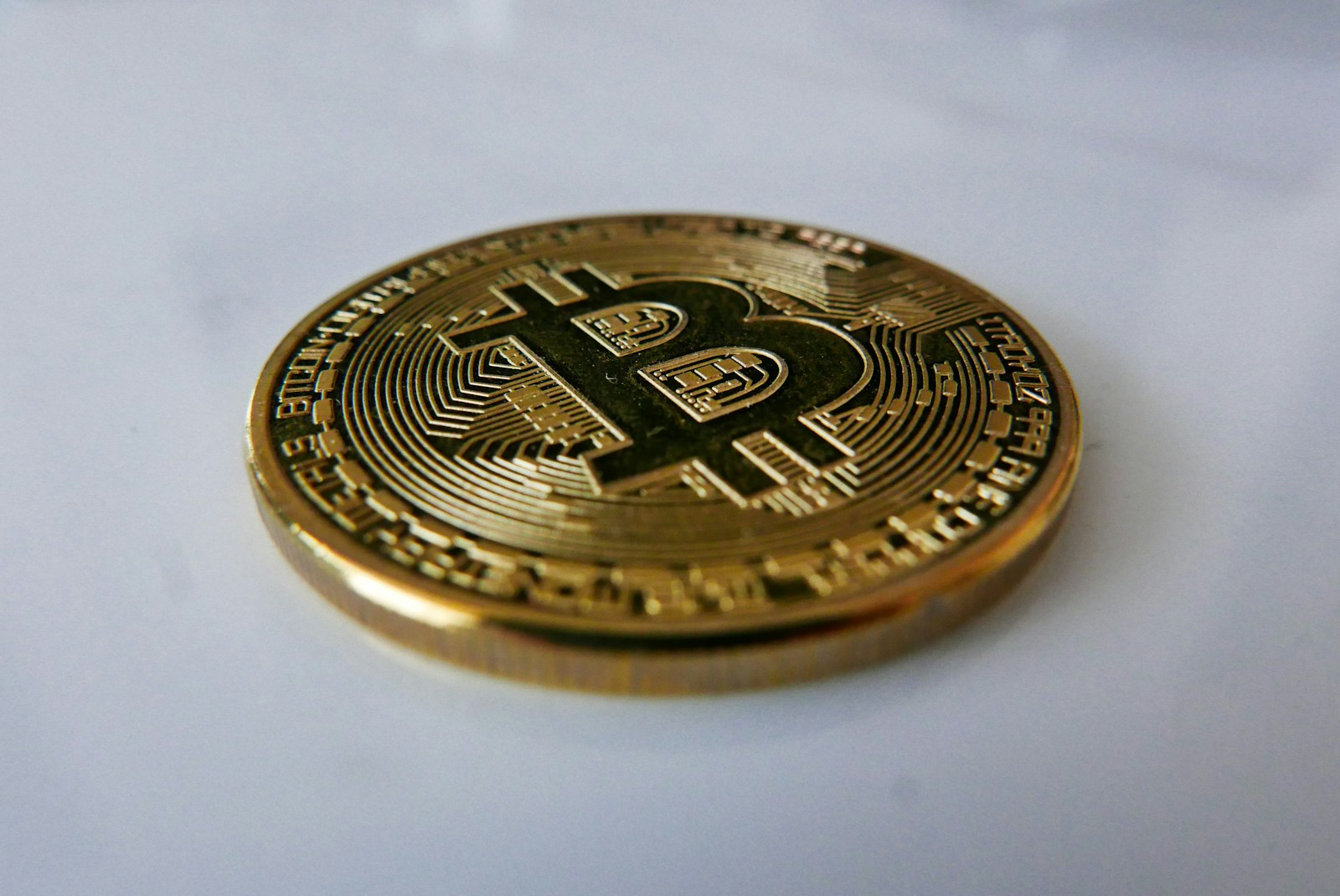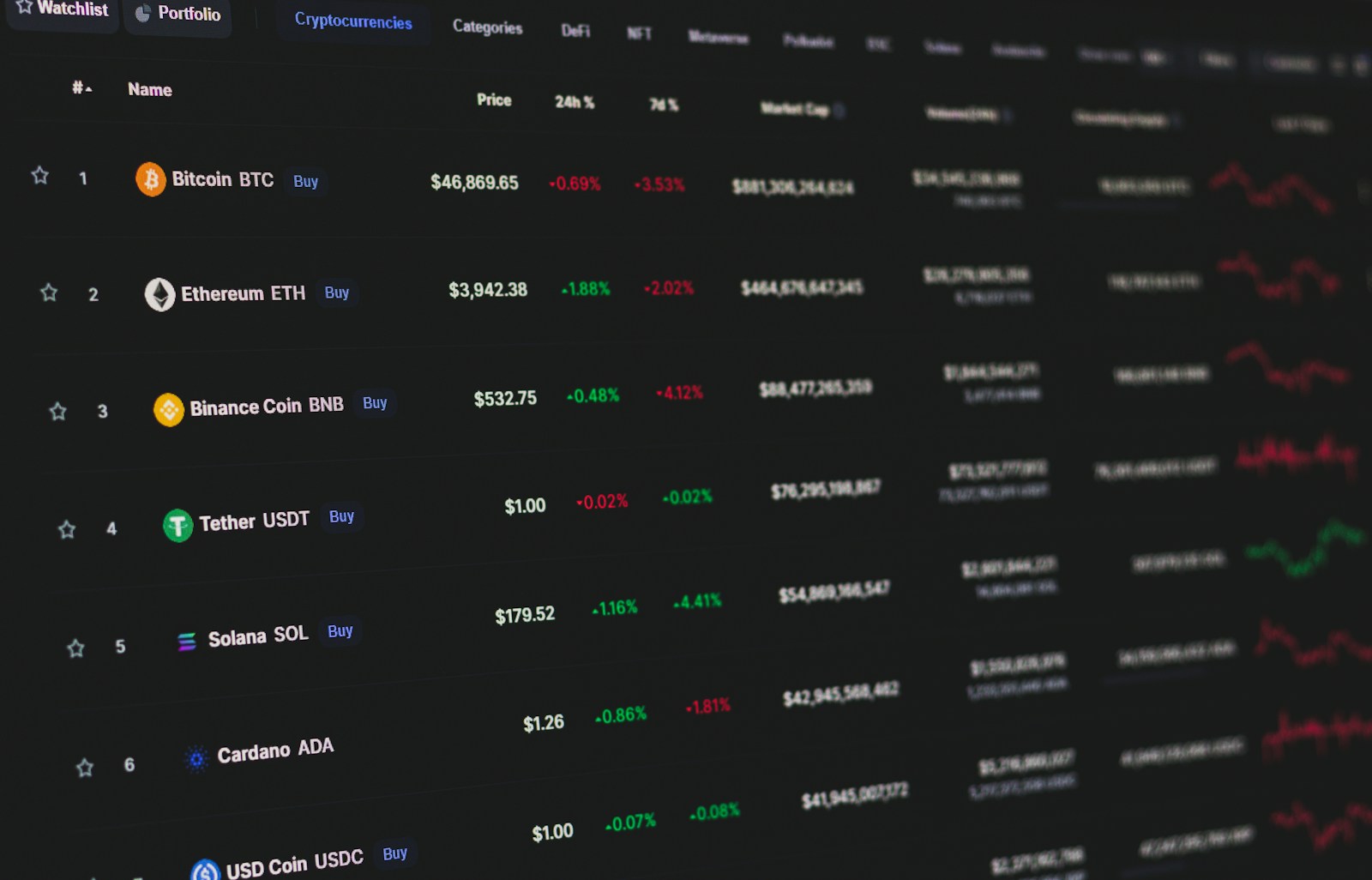
Understanding the function of pools is critical for anyone involved in decentralized exchanges (DeFi). These structures aggregate assets to facilitate seamless swaps between two tokens without relying on traditional order books. The core mechanism hinges on automated market makers (AMMs), which adjust prices based on the ratio of assets locked in each pool, ensuring continuous availability of liquidity.
In practical terms, each asset combination forms a distinct pool that underpins price discovery and execution speed. For example, the ETH/USDC pair maintains reserves that recalibrate dynamically with every swap, thereby keeping the market balanced. This system eliminates reliance on centralized intermediaries and reduces slippage compared to conventional exchanges.
The role of liquidity providers cannot be overstated–they contribute capital to these pairs and earn fees proportionate to their stake. Current data shows that popular pools like USDT/DAI can yield annual returns exceeding 20%, reflecting high trading volumes and demand. However, impermanent loss remains a risk factor when asset prices diverge significantly within a pair.
Recent developments include innovative AMM designs such as concentrated liquidity, which allow providers to allocate funds within specific price ranges. This enhances capital efficiency and sharpens market responsiveness during periods of volatility. Considering the rapid growth of DeFi protocols, understanding these mechanisms equips participants to optimize strategies while minimizing exposure.
Liquidity pools: how trading pairs actually work [DeFi & Protocols defi]
Automated market makers (AMMs) rely on reserves of two or more tokens locked within smart contracts to facilitate decentralized exchanges. These reserves form the backbone for swapping assets without traditional order books, enabling seamless asset conversion across decentralized finance protocols. The proportion of each token in these reserves directly influences pricing through constant product formulas like x * y = k, where x and y represent token quantities.
Providing capital to these reserves is a fundamental mechanism known as liquidity provisioning. Participants deposit equivalent values of two assets into the pool, earning fees generated from every swap executed by users. This incentivizes continuous capital allocation while maintaining sufficient depth to support various transaction sizes without significant slippage.
Mechanics behind AMM-based markets
In contrast to centralized platforms that match buyers and sellers, AMMs execute swaps against the pooled assets using predefined algorithms. For example, Uniswap V2 employs a constant product formula ensuring that the product of token balances remains unchanged after each trade. If one asset’s quantity decreases due to a purchase, its price rises relative to the other asset to maintain equilibrium.
This dynamic pricing eliminates reliance on external order books but introduces impermanent loss risk for providers when asset prices diverge significantly. However, recent innovations such as concentrated liquidity in Uniswap V3 allow liquidity providers to allocate resources within specific price ranges, optimizing capital efficiency and reducing exposure to unfavorable price movements.
The composition of these pools often involves stablecoin-to-volatile asset pairs or dual volatile tokens depending on protocol design goals. For instance, Curve Finance focuses on stablecoin pools with low volatility and minimal slippage, whereas Balancer supports multi-asset configurations with customizable weightings beyond simple 50/50 ratios.
Market dynamics within these ecosystems are shaped by factors including total value locked (TVL), fee structure, and user activity levels. Pools with higher TVL tend to offer reduced price impact during large transactions but may attract arbitrageurs seeking cross-exchange discrepancies. Evaluating historical data from platforms like SushiSwap reveals correlations between pool depth and average swap size that can inform strategic liquidity deployment for participants aiming at yield optimization or market making roles.
Mechanics of AMM Pools
The core mechanism behind an AMM involves a formulaic approach to asset valuation within decentralized finance protocols. Unlike traditional order books, AMMs use mathematical functions–most commonly the constant product formula x * y = k–to maintain balance between two tokens in a liquidity reservoir. This design ensures that the product of token reserves remains constant before and after transactions, facilitating continuous exchange without relying on direct counterparties.
Providing capital to these reserves demands equal value contributions of both assets involved, establishing a balanced reserve ratio. For example, in an ETH/USDT configuration, liquidity providers must deposit equivalent USD worth of Ether and Tether. This symmetry allows the protocol to calculate swap prices dynamically based on supply-demand shifts during each swap event.
AMM Dynamics in Decentralized Ecosystems
Automated market makers underpin much of DeFi’s trading infrastructure by enabling permissionless and seamless asset swapping. Beyond simplistic token exchanges, some protocols introduce variable fee tiers to optimize returns for liquidity contributors while adjusting for volatility and slippage risks. Uniswap v3’s concentrated liquidity model exemplifies innovation by allowing capital deployment within specific price ranges rather than across entire curves, enhancing capital efficiency dramatically.
Consider SushiSwap’s implementation where incentives are aligned through yield farming programs rewarding participants for locking tokens into pools. This incentive layer increases available reserves substantially but also introduces impermanent loss considerations–when price divergence between paired assets causes unrealized losses relative to holding alone. Experienced market participants often weigh potential fees earned against this risk when deciding allocation strategies.
The pricing mechanism embedded in AMMs continuously adapts based on pool composition alterations triggered by swaps or additional funding injections. When one asset is bought out of the reserve, its quantity decreases whereas the counterpart increases proportionally, shifting the implicit price ratio encoded in the formula. This dynamic fosters arbitrage opportunities as external market prices diverge from on-chain valuations until equilibrium restores via trader actions.
Evaluating protocol performance requires analyzing key metrics such as total value locked (TVL), trade volume, and slippage rates under varying market conditions. In 2023, Curve Finance demonstrated resilience by focusing on stablecoin pairings with minimal variance, reducing impermanent loss impact while sustaining high throughput with low transaction costs–highlighting how pool composition influences user experience and profitability.
Pricing formulas in swaps
The core algorithm defining asset valuation within automated market makers (AMMs) relies on invariant functions that ensure consistent pricing despite fluctuating reserves. The most widespread formula, known as the constant product model (x * y = k), maintains a fixed product of token quantities across two reserves. This mechanism adjusts exchange rates dynamically according to supply changes, effectively balancing demand by altering prices as one asset is sold for another. For instance, Uniswap v2 utilizes this model, where x and y represent reserves of two tokens and k remains constant throughout transactions.
Alternative AMM designs introduce varied mathematical approaches to enhance efficiency or reduce slippage. Curve Finance employs a stable swap invariant optimized for assets with correlated values, such as stablecoins or wrapped versions of the same cryptocurrency. This specialized formula lowers price impact during exchanges between similar-value assets, reflecting different market behavior compared to volatile pairs. Balancer’s multi-asset pools extend the concept further by generalizing weighting schemes, allowing multiple tokens with customizable proportions to coexist under a generalized constant mean formula.
Mechanism implications and market dynamics
Understanding these formulas illuminates how liquidity availability directly influences asset pricing within decentralized finance (DeFi) ecosystems. When pool reserves shift due to continuous swapping activity, the pricing function automatically recalibrates to reflect new ratios–effectively simulating order book dynamics but without traditional bids and asks. This automated approach contrasts sharply with centralized exchanges where prices depend on aggregated external orders rather than internal reserve states. Consequently, AMM-based markets experience continuous price updates dictated solely by liquidity distribution across vaults.
Recent empirical data from platforms like SushiSwap demonstrate that pools with larger reserve sizes typically offer tighter spreads and reduced slippage, underscoring the critical role of ample capital allocation in maintaining competitive valuations. However, larger pools also face impermanent loss risks during significant market movements since the underlying formulas adjust asset ratios continuously. Advanced strategies now incorporate dynamic fee adjustments or hybrid models combining order book features with AMM logic to address these challenges while preserving decentralized access and composability within DeFi protocols.
Role of liquidity providers
The mechanism behind decentralized exchanges relies heavily on contributors who supply assets to communal reserves, enabling seamless asset swaps without centralized order books. These contributors, often termed liquidity suppliers, play a pivotal role in maintaining sufficient reserves that facilitate efficient execution of transactions within automated market maker (AMM) frameworks. By depositing tokens into these shared vaults, they ensure continuous availability of assets, reducing slippage and enhancing price stability across markets.
In decentralized finance (DeFi), the significance of these participants extends beyond mere asset provision; they are integral to the operational integrity of various protocols. For instance, platforms like Uniswap and Balancer depend on these providers to sustain diverse pools containing multiple token types. Their involvement directly impacts transaction throughput and market depth, affecting overall user experience and protocol attractiveness.
Technical insights into the contributor’s function
Liquidity contributors engage with smart contracts that govern the allocation and distribution of pooled tokens. When a user initiates an asset exchange via an AMM, the contract calculates output amounts based on existing reserves using formulas such as constant product (x * y = k). Providers earn fees generated from each transaction proportionate to their share in the pool, incentivizing continued participation despite exposure to risks like impermanent loss. Detailed analytics reveal that pools with higher total value locked (TVL) tend to offer more competitive fee returns but require substantial capital commitment.
For example, as of early 2024, Ethereum-based DeFi platforms report aggregate TVL exceeding $70 billion across numerous pools. Within this ecosystem, active contributors benefit from annual percentage yields ranging between 5% and 20%, depending on volatility and fee structures implemented by respective protocols. However, recent market fluctuations have highlighted vulnerabilities where rapid price shifts disproportionately affect smaller providers’ returns compared to institutional actors capable of managing risk through hedging strategies.
The process of making assets available for exchange involves strategic decisions related to asset pairing, allocation ratios, and timing. Some sophisticated participants employ algorithmic tools to rebalance positions or migrate funds across multiple pools dynamically to maximize yield while minimizing exposure. This adaptive approach contrasts with passive holding strategies traditionally observed in earlier DeFi stages and reflects growing maturity within the sector’s participant base.
Moreover, these contributors underpin secondary functionalities such as governance rights within certain decentralized autonomous organizations (DAOs). In many cases, contribution levels correspond with voting power or influence over protocol parameter adjustments like fee rates or reward distributions. This dual role enhances community engagement while aligning incentives toward sustainable growth rather than short-term speculation.
Ultimately, the effectiveness of this mechanism hinges on broad participation and trust in protocol security. Recent exploits targeting flawed smart contracts underscore the necessity for rigorous audits and transparent codebases to protect both individual contributors and overall market stability. As competition intensifies among DeFi services offering innovative pooling models–such as concentrated liquidity or multi-asset baskets–the evolving role of asset suppliers will remain central to shaping future decentralized ecosystems.
Impermanent Loss Explained: Analytical Conclusion
Minimizing impermanent loss requires a clear understanding of the automated market maker (AMM) mechanism and its impact on asset allocation within decentralized finance (DeFi) ecosystems. The interplay between price volatility in asset pairs and the constant product formula used by AMMs creates inherent risk that liquidity contributors must weigh against potential yield benefits. For instance, stablecoin pools such as USDC/USDT exhibit less exposure to impermanent loss compared to volatile pairs like ETH/DAI, making them preferable for conservative capital deployment.
Examining recent data from major DeFi platforms reveals that during high market turbulence in Q1 2024, pools with volatile tokens experienced impermanent losses exceeding 15%, while more balanced or hedged configurations limited this figure below 5%. This dynamic challenges market participants to optimize their strategies beyond mere fee collection–incorporating active management and selective pair choices based on correlation metrics and historical price divergence.
Broader Implications and Future Trajectories
The ongoing evolution of AMM designs points toward hybrid models integrating order book elements or dynamic fee adjustments aimed at mitigating impermanent loss without sacrificing capital efficiency. Protocols like Curve Finance have demonstrated success with concentrated liquidity pools tailored for assets with minimal price deviation, thus reducing exposure. Simultaneously, emerging solutions utilizing predictive algorithms show promise in forecasting market shifts to adjust liquidity positions proactively.
- Diversification across multiple pools: Spreading assets into different pairs with varying volatility profiles can lower aggregate impermanent loss.
- Dynamic rebalancing tools: Leveraging smart contracts that automatically realign token ratios reduces risk during rapid price swings.
- Incentive structures: Optimizing reward mechanisms to compensate for impermanent loss encourages sustained participation in AMM-driven markets.
As decentralized exchanges continue attracting institutional interest, understanding the nuances of these mechanisms will be critical for risk-adjusted capital allocation. Will next-generation protocols achieve near-elimination of impermanent loss? While complete mitigation remains challenging due to fundamental market unpredictability, integrating machine learning and cross-protocol arbitrage offers a pathway toward more resilient DeFi infrastructures. Ultimately, informed decision-making grounded in quantitative analysis will define successful engagement within this increasingly complex ecosystem.








